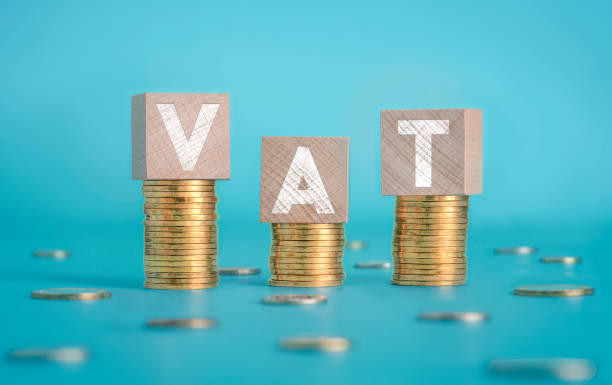In contrast to standard VAT accounting, there are several alternative ways you can account for VAT that could save you time and money.
Annual Accounting
The main advantage of using Annual Accounting is that you only prepare one VAT return a year, so the burden of paper work is much less.
You will have to pay nine monthly of three quarterly instalments, based on an estimate of your annual liability (usually based on the prior year’s return). You then make a balancing payment (or refund) when the annual return is submitted.
To use the Annual Accounting Scheme your annual taxable turnover must be less than £1.35 million.
Disadvantages:
Annual accounting is not suitable for businesses that regularly reclaim VAT as you would only get one repayment at the end of the year. Another disadvantage of annual accounting is that if your turnover decreases, your interim payments may be higher than under the standard VAT accounting.
Also quarterly submissions force you to keep your books up to date, rather than leaving it all until the year end.
Cash Accounting
Under Standard VAT Accounting, VAT is payable when the sales invoice is raised, rather than on the date on which you receive the money. Similarly, though, you cannot reclaim VAT until the date on which you have paid for purchases as opposed to the date of the purchase invoice.
Cash accounting can be beneficial for your cash flow especially if your customers are slow to pay. It is even more useful if you have bad debts. Under standard accounting for VAT, you have to pay the VAT on the debt even if you never receive the payment from your customer. Using the Cash Accounting Scheme, you do not pay the VAT if your customer never pays you.
To use the Cash Accounting Scheme your annual taxable turnover must be less than £1.35 million.
Disadvantages:
The Cash Accounting Scheme may not be for you if you regularly reclaim more VAT than you pay, or if you buy a lot of goods and services on credit.
If you leave the Cash Accounting Scheme you will have to account for all outstanding VAT due including any bad debts.
The record keeping can be a little more complicated, as you still have to keep track of debtors and creditors for tax return purposes, but under Cash Accounting, you need to also ensure that you cross-reference sales and purchase invoices to the date received/paid.
Flat Rate Scheme
The Flat Rate Scheme is designed to help small businesses reduce the amount of time they spend accounting for VAT.
Using the Flat Rate Scheme you do not have to calculate the VAT on each and every transaction. Instead, you simply pay a flat rate percentage of your turnover as VAT. This gives you the following benefits:
- easier record-keeping – no need to separate out the gross, VAT and net in your accounts
- more time for you – less work doing the books so you can get on with running your business
- fewer rules to follow – no more problems about what VAT you can and cannot reclaim on your purchases
- peace of mind – less chance of mistakes, so fewer worries
- certainty – you always know how much of your takings you will need to pay to HMRC
The percentage is less than the standard VAT rate because it takes into account the fact that you are not reclaiming VAT on your purchases. There is a range of flat rate percentages – the one you use depends on your trade sector.
To use the Flat Rate Scheme, your taxable turnover (excluding VAT) needs to be less than £150,000. Once you join the scheme you can stay in it until your total business income is more than £230,000.
If you are newly VAT registered you can reduce your flat rate by 1% until the day before the first anniversary of your VAT registration.
Generally you do not reclaim any of the VAT that you pay on purchases, although you may be able to claim back the VAT on capital assets worth more than £2,000 (VAT inclusive) but it must be a single purchase of capital goods with a VAT-inclusive price of £2,000 or more. That does not mean you are restricted to claiming back the VAT on a single item – for example, you could buy a pizza oven, fridge and dishwasher, as long as you buy them at the same time from the same supplier and the price is more than £2,000 including VAT.
Click here for the current flat rate percentages.
Should you have any queries with regard to the topics raised here, please do not hesitate to contact us.
(Updated January 2024)

